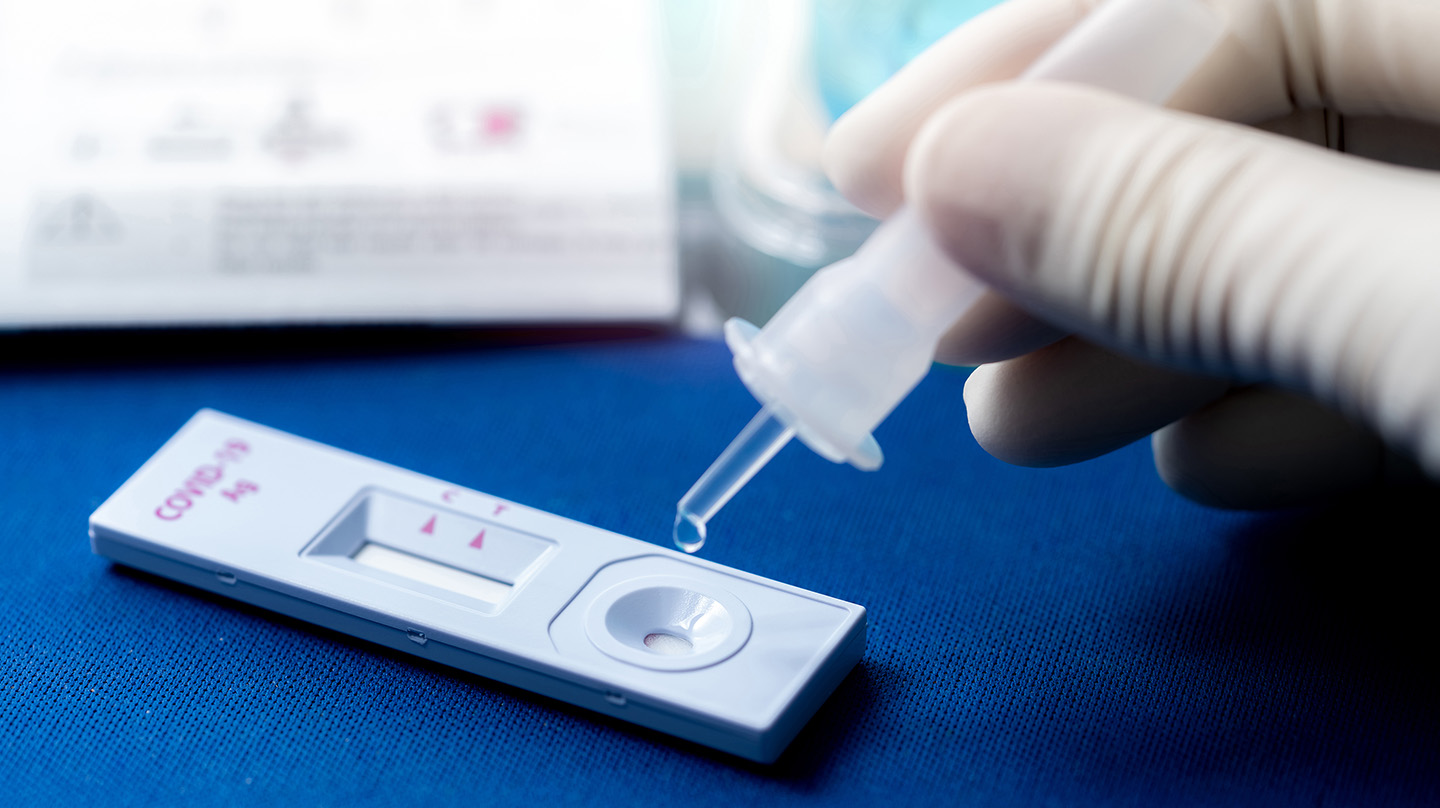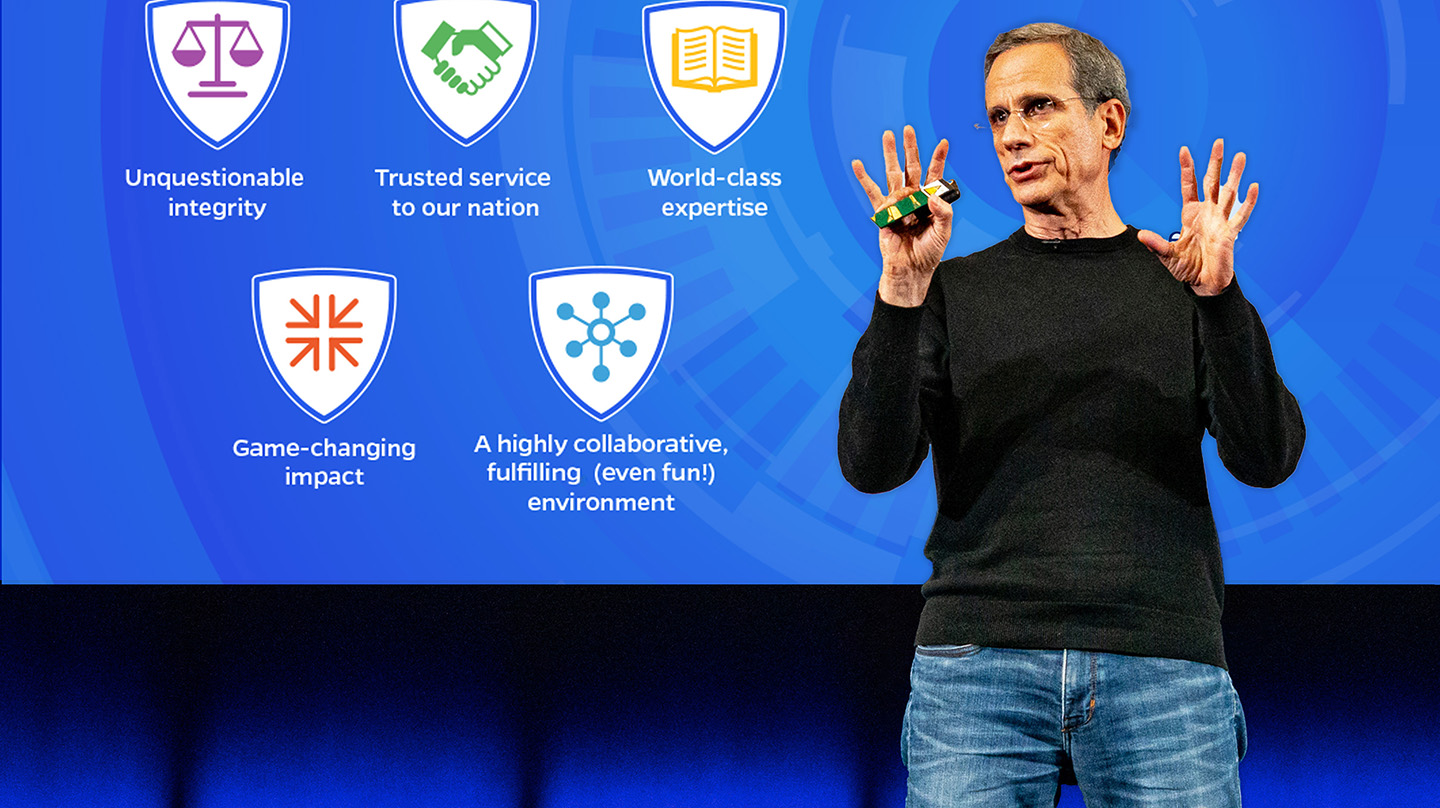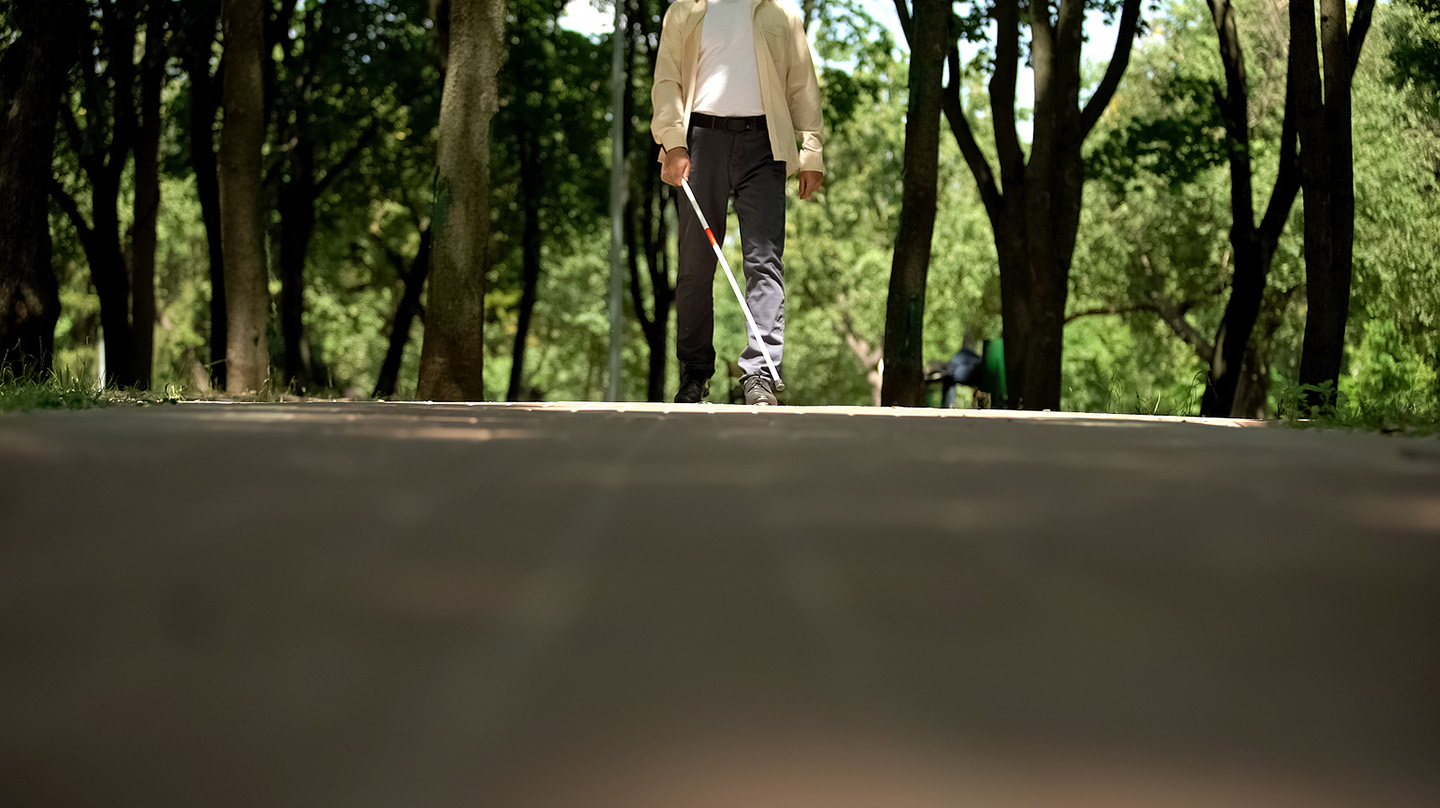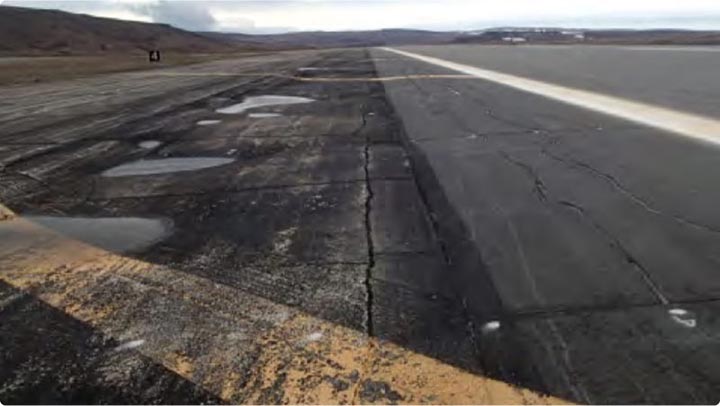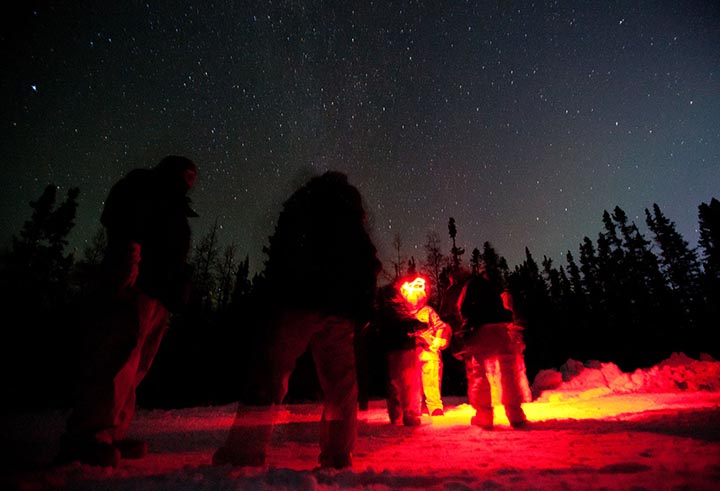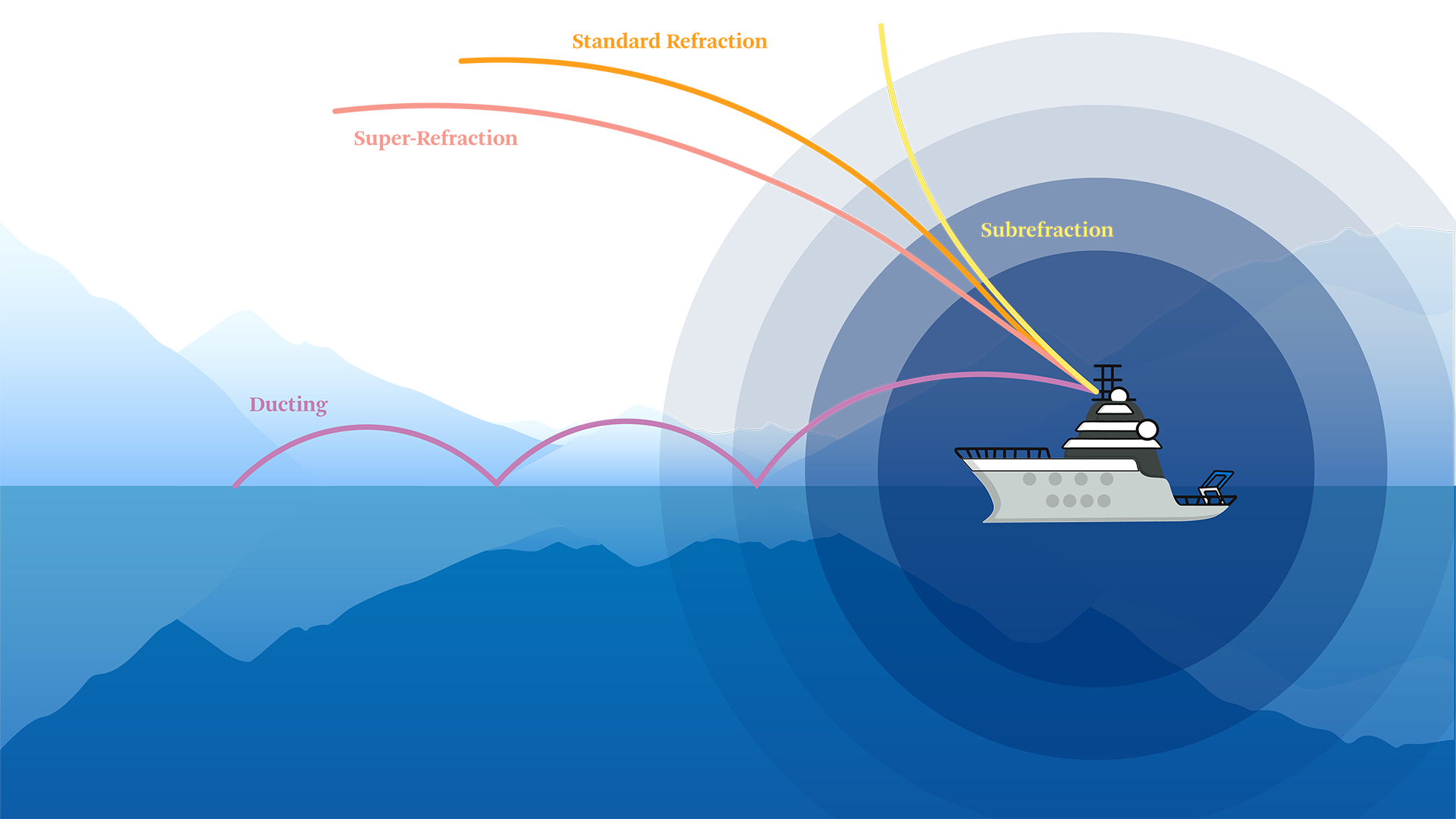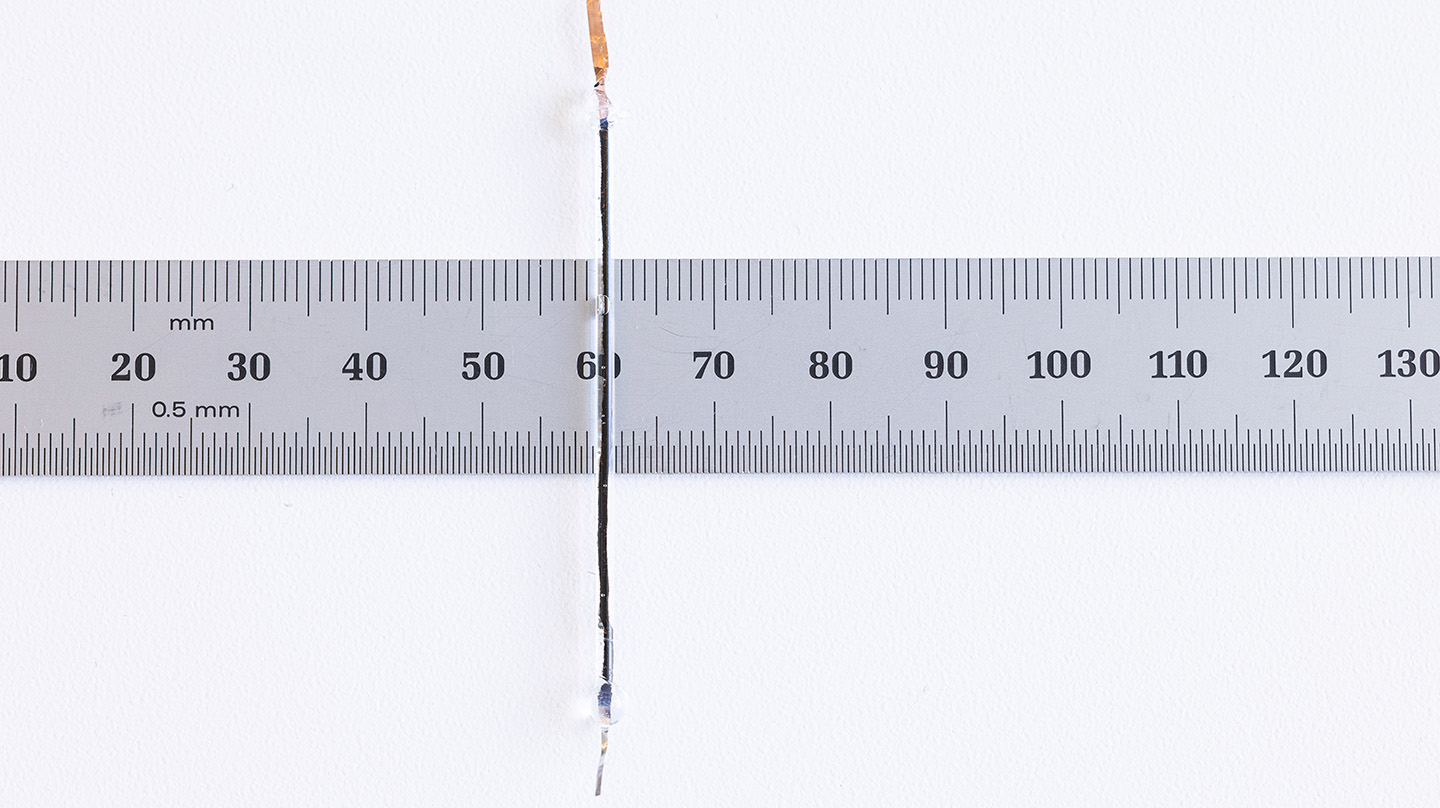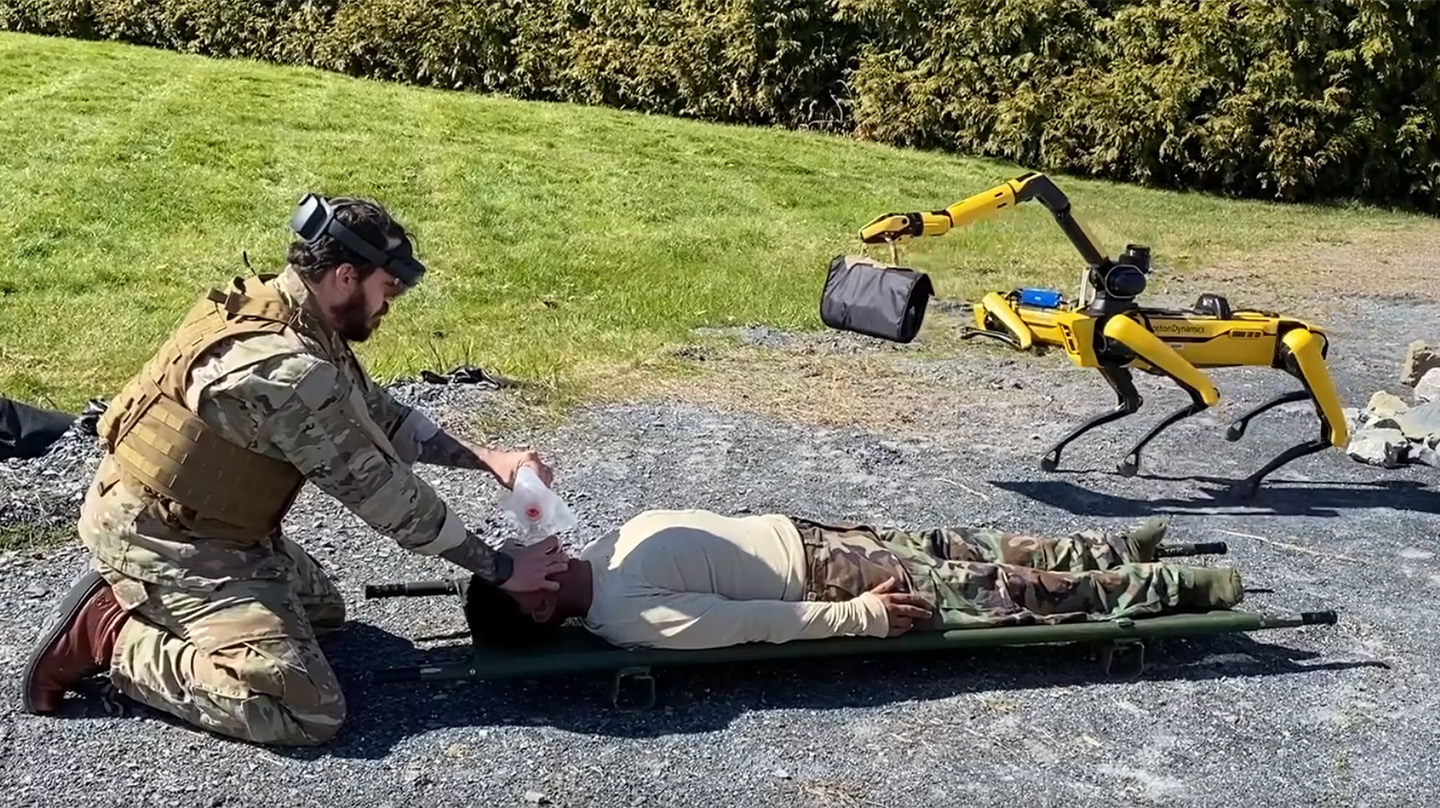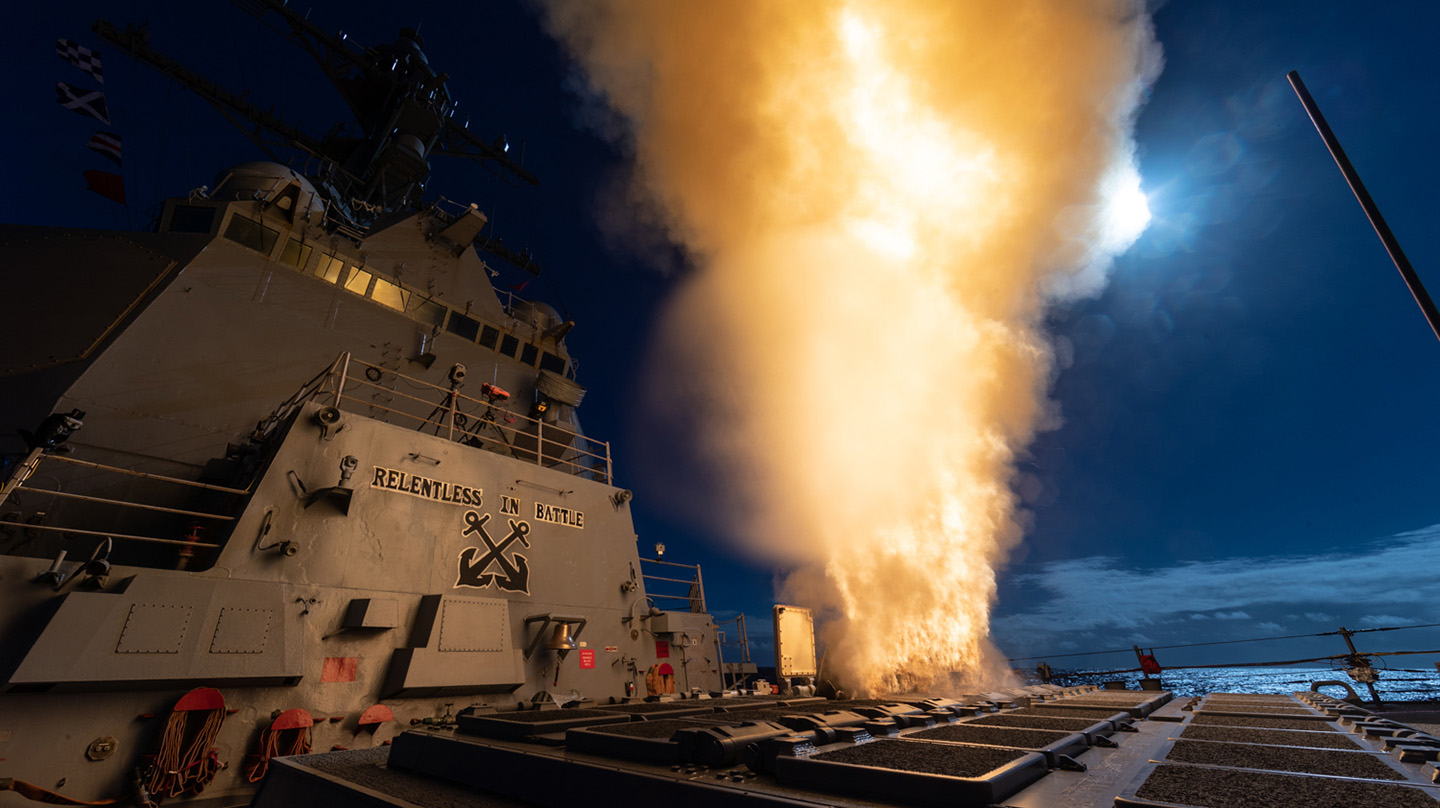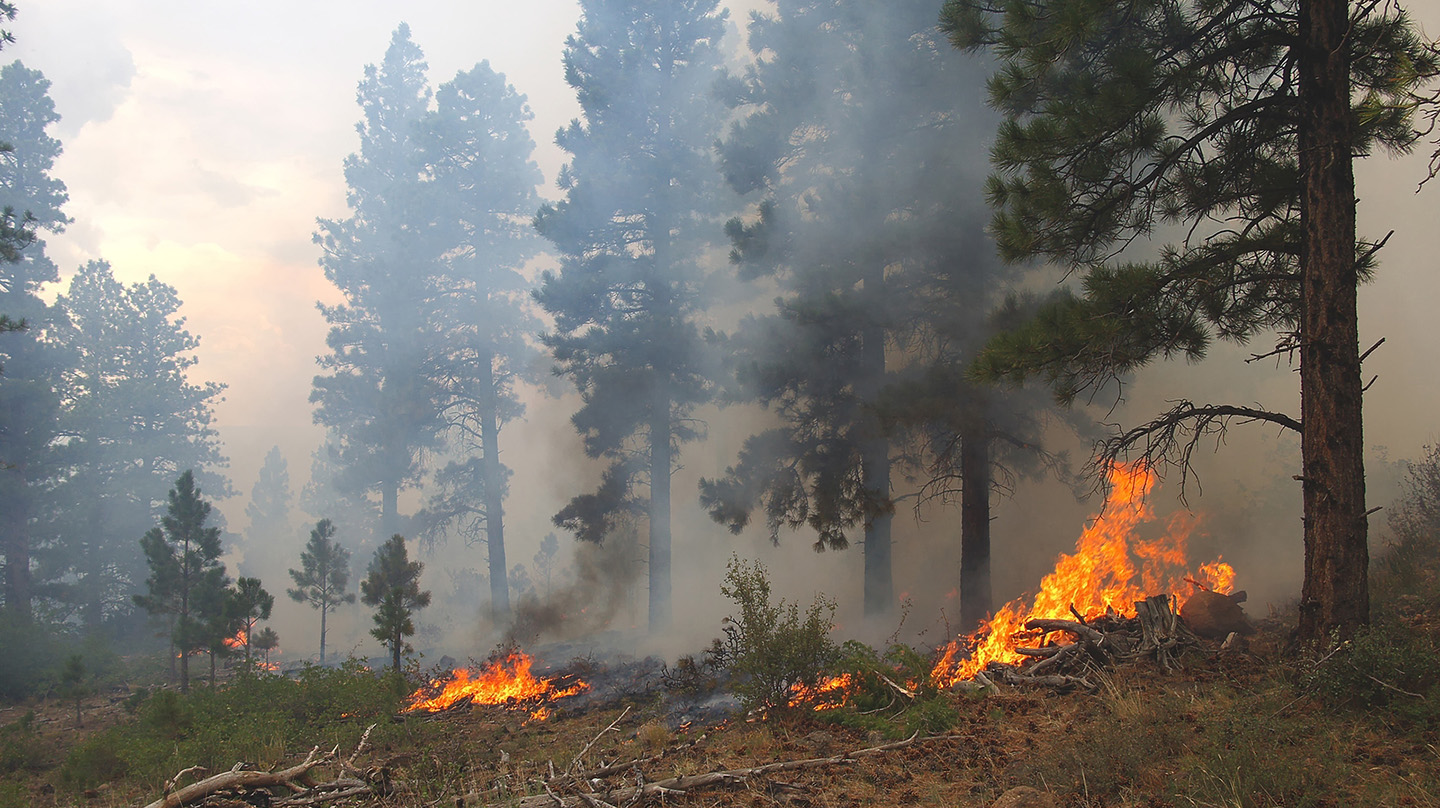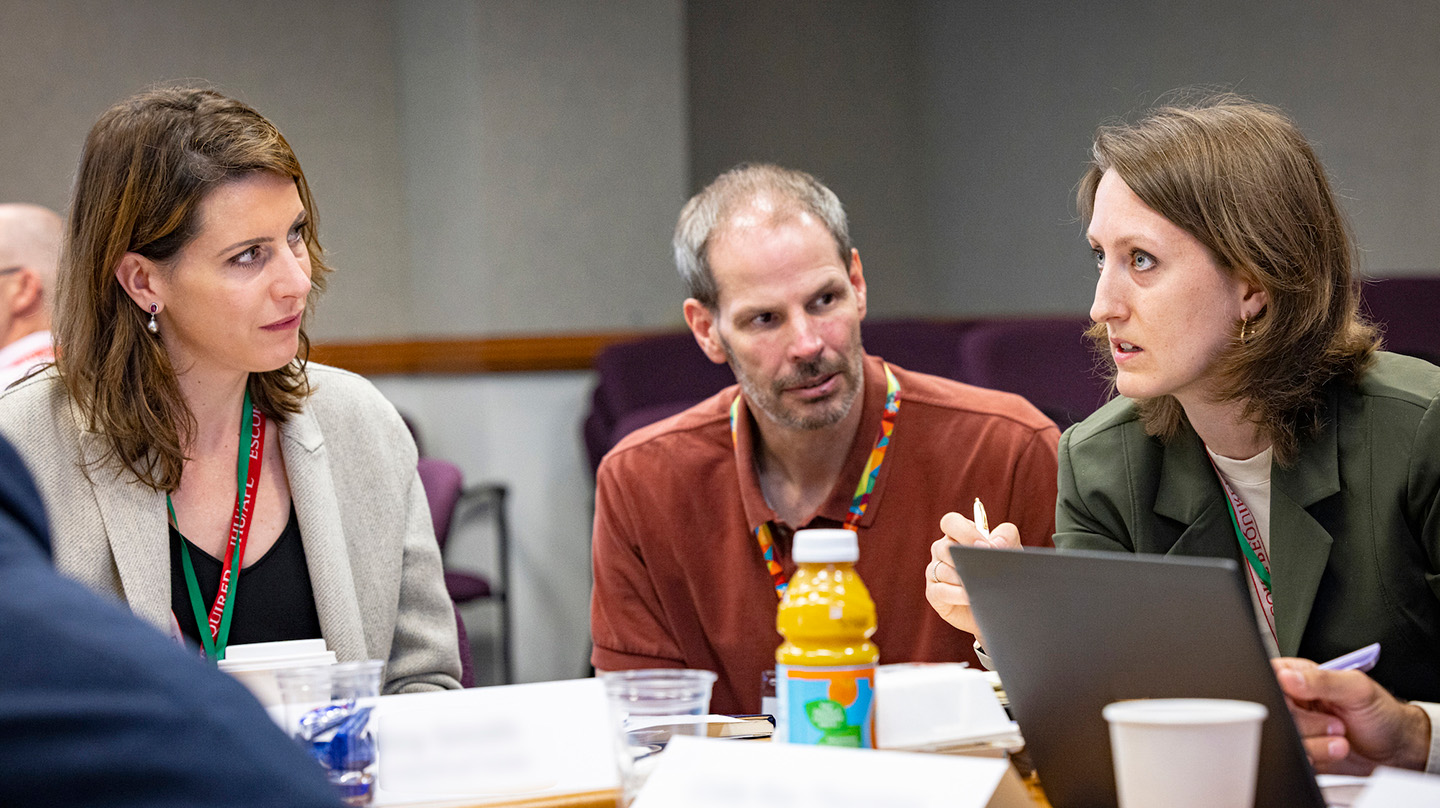Dave Van Wie Named Next Director of the Johns Hopkins Applied Physics Laboratory
Johns Hopkins Applied Physics LaboratoryDave Van Wie has been selected to lead the Johns Hopkins Applied Physics Laboratory (APL) as its next director. Van Wie, currently the Air and Missile Defense Sector Head at APL, will succeed Ralph Semmel, who is stepping down after having served in that role since July 2010. His appointment is effective July 14.




